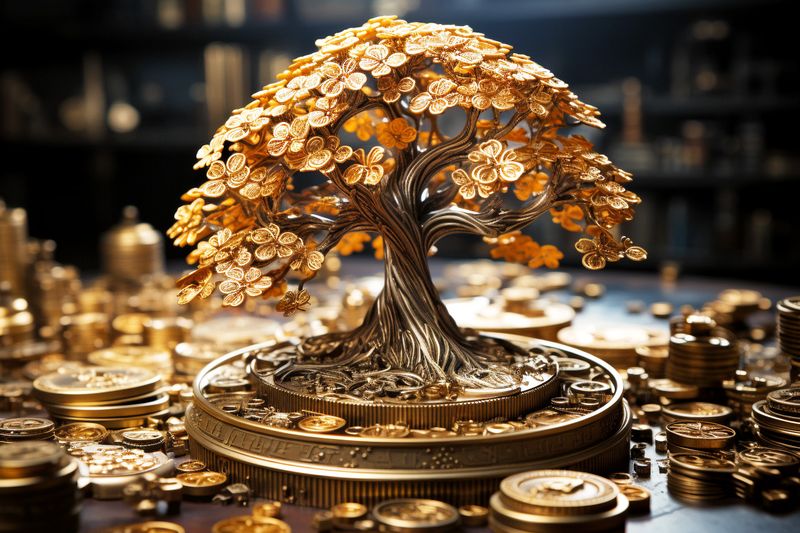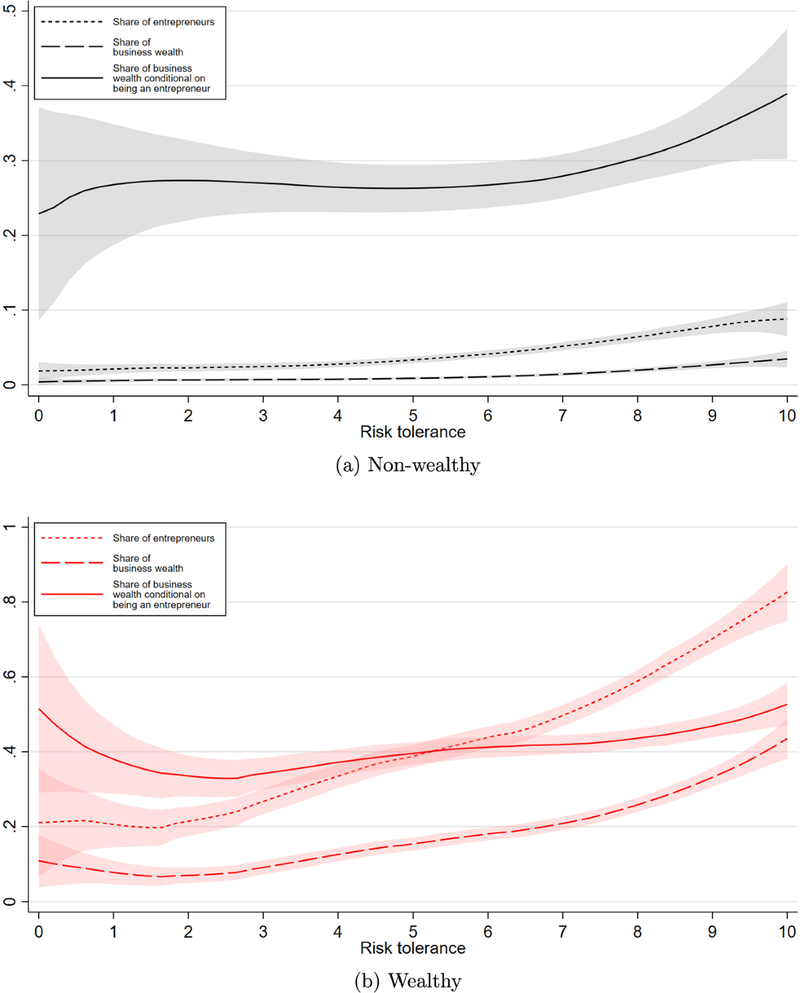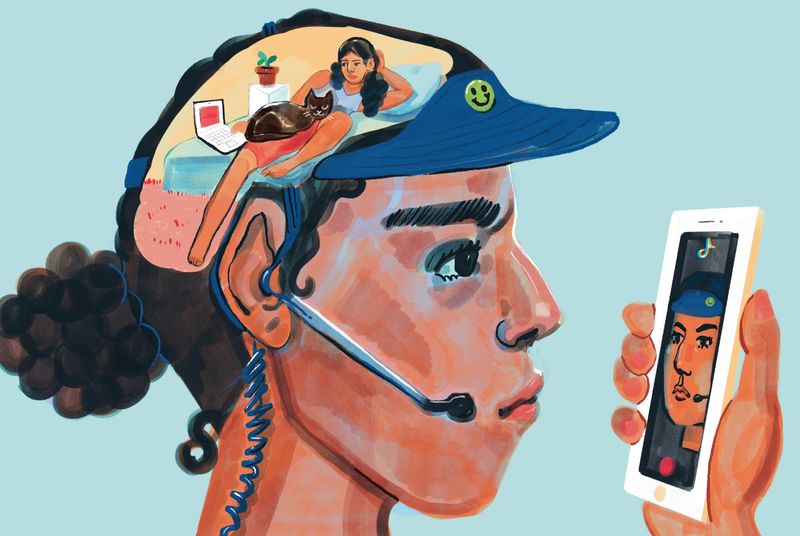In the complex tapestry of society, certain actions are interpreted through vastly different lenses depending on one’s financial status. For wealthy individuals, these actions often symbolize freedom and success. However, for those with less financial means, they can be perceived as signs of failure or poor decision-making. This blog post delves into twelve such actions, aiming to shed light on the stark contrasts drawn by economic disparity.
1. Taking Sabbaticals

For the affluent, taking a sabbatical can be a rejuvenating break to explore new cultures or passions. It represents a time to recharge and invest in personal growth.
However, for those with limited resources, a sabbatical might be viewed as joblessness or a lack of ambition. Without the financial cushion to fall back on, time away from work could lead to financial instability and stress.
The luxury of stepping away from a career is not easily attainable for everyone, highlighting the divide between those who can afford such freedoms and those who cannot.
2. Living Off Investments

Rich individuals often enjoy the freedom of living off their investments. This lifestyle allows them to pursue interests without the pressures of a traditional job.
For others, living off minimal savings or government support can be seen as a failure to achieve financial independence. The perception of relying on investments is starkly different when those investments can comfortably sustain a lifestyle.
The financial cushion that allows living off investments underscores the significant disparity in opportunities available to different economic classes.
3. Frequent Travel

Travel for the wealthy is often a means of broadening horizons and experiencing the world’s diversity, seen as an enriching endeavor.
In contrast, frequent travel for those less well-off might be perceived as escapism or irresponsibility, especially when financial stability is at stake.
For the rich, travel is a sign of luxury and cultured living, while for others, it could mean neglecting essential responsibilities. This dual perception reveals how financial standing can dictate societal judgment.
4. Minimalist Lifestyle

Embracing minimalism, rich individuals design their environments to reflect simplicity and elegance, often seen as a trendy lifestyle choice.
However, minimalism for those with fewer means can appear as a lack of resources or inability to afford more. The same space can be viewed through starkly different lenses depending on the economic background of the individual.
The perception of minimalism highlights the profound impact of wealth on societal interpretations of lifestyle choices.
5. Entrepreneurial Risks

Taking entrepreneurial risks can be seen as a bold move towards innovation and success for the rich. They often have the capital to absorb potential losses and the network to support ventures.
For those without these resources, starting a business might be viewed as a risky gamble, potentially leading to failure and debt.
The contrasting views on entrepreneurial risks reflect the differing levels of security and opportunity available to individuals based on their financial standing.
6. Early Retirement

For affluent individuals, early retirement is a reward for years of strategic planning, representing freedom and success.
Conversely, for those with limited financial means, retiring early can be seen as a sign of incapacity or health issues, not an achievement.
The ability to retire early is a luxury not everyone can afford, highlighting the financial divide that influences how such a decision is perceived by society.
7. Freelance Work

Rich individuals often turn to freelance work for the flexibility and autonomy it offers, seen as a liberating career choice.
For those without a financial buffer, freelancing can appear unstable and risky, lacking the security of a salaried position.
The freedom associated with freelance work is often a privilege of those who can afford the unpredictability, contrasting sharply with how it’s viewed by individuals pressed by financial needs.
8. Owning Multiple Properties

Owning multiple properties reflects investment savvy and financial acumen for the rich. It’s a testament to their success and strategic thinking.
For others, property ownership might be unattainable, and owning even one home can be a monumental challenge.
The disparity in property ownership underscores the significant gap in wealth distribution, as the same act can be seen as an achievement or an impossibility depending on one’s financial background.
9. Collecting Art

Collecting art is a cultural and intellectual pursuit for the wealthy, offering both personal satisfaction and financial investment.
For those with less means, such an investment might seem frivolous or out of reach, as necessities take precedence over art acquisition.
The appreciation of art collection varies greatly based on financial capacity, highlighting the varied ways in which wealth can influence personal interests and social perceptions.
10. Living Off the Grid

For wealthy individuals, living off the grid can be a deliberate choice for sustainability and independence, representing freedom from societal constraints.
For others, it might signal a lack of access to modern conveniences or economic hardship, rather than a choice.
This lifestyle choice illustrates how financial means can drastically alter the perception and feasibility of living independently from mainstream systems.
11. High-End Hobbies

High-end hobbies like golfing or yachting are often seen as prestigious pastimes for the wealthy, symbolizing leisure and status.
For those less financially endowed, such hobbies are often inaccessible, viewed as unnecessary or extravagant.
The ability to engage in costly hobbies highlights the privileges afforded to the rich, and how leisure activities can reflect economic divides.
12. Luxury Fashion

Luxury fashion is a statement of personal style and success for affluent individuals, often associated with social status and identity.
For others, spending on high fashion can be seen as impractical or financially irresponsible. Affording designer labels is a privilege, not a norm, for many.
This contrast in perceptions of fashion spending underscores the different societal expectations and judgments placed on individuals based on their wealth.

